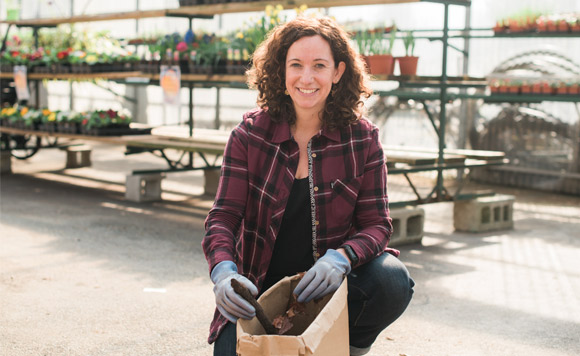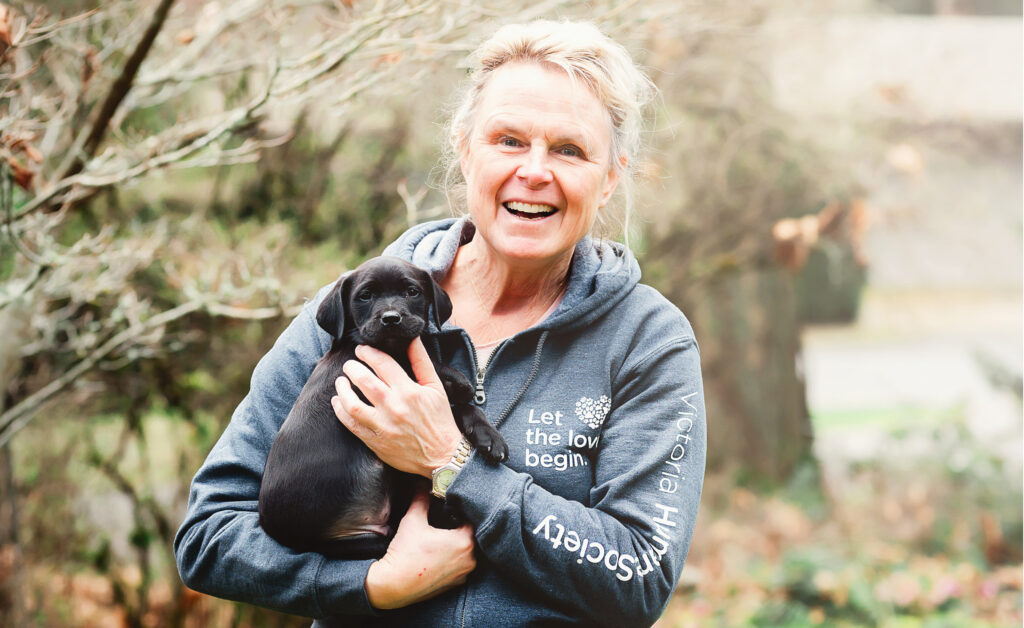by Deborah Rogers –
I get some interesting comments about my “Days Out” gig: people wonder what I’ll get up to next, and I definitely pick up on the readers’ feeling that my life is pretty sweet being sent off to kayak, horseback ride and drive sports cars! I’ll own up to it: life is pretty good. I’m enjoying all the adventures, but even I acknowledge that life can’t always be glamour and adrenaline. And so I found myself, on the first sunny weekend of March, at a very busy Wildwood Outdoor Living Centre. My assignment: to learn about growing food, specifically using hugelkultur.
Friendly Organics were delivering the workshop I was signed up for. It surprised me to see 10 other prospective veggie gardeners there too, though perhaps it shouldn’t have: there has clearly been a swell in enthusiasm and accessibility for the homeowner who wants to add a little, or a lot, of veggie growing alongside their lawns and flower beds. Though they were indeed very friendly fun hosts, Dave and Paul had a serious message to deliver. Living on an island, we are apparently only three days away from food scarcity at any time. So if the ferries stop running and the planes can’t land, there will be chaos in the grocery store aisles before too long. An obvious remedy to this doomsday scenario is for individuals to take responsibility and pride in growing some of their own food.
Enter hugelkultur. A hugel is just a mound, so the idea is really just raised beds, but this style of gardening creates a large planting area and thus volume of produce. You can read all about it online, but the benefit of a workshop is in the questions and answers, the comments from other participants, and in this class, the chance to get hands on with some of the all-important building materials.
Hugel is all about the layers. By alternating different depth layers of brown and green “matter,” you can engineer the correct balance of nitrogen and carbon in a self-sustaining, worm-loving mounded bed. Dave’s advice is that seven layers is ideal; not seven delicious layers of sour cream, salsa and guacamole though – we’re talking grass clippings, coffee grounds, twigs, sawdust and very many of the materials that you may be producing in your yard already.
The theory was good, I made lots of notes, but after an hour we were all ready to don our gardening gloves and get our fingers into some of these green and brown substances. To create a mini-hugel that we could easily transport home, we started with brown paper bags. You want to work with the bigger, less broken-down material at the bottom, adding layer after layer and finishing with lovely black composted dirt at the top where your seeds will be planted. There was no stopping some of the ladies who knew exactly which layer they wanted to get to next. I got a little confused by the coffee grounds, which are actually “green” despite clearly looking brown! I don’t know about my personal hugel, I think it ended up only being six layers, and maybe four of those were green: but looking around me I could see bags being efficiently filled, tamped down and topped up. A nice touch at the end: Dave handed out some seeds that we could plant at home.
I find garden centres inspiring places, and those who are passionate about gardening and growing always make me long to be that person myself. But I have to admit: I’m just not. I can’t imagine digging the recommended three-foot-deep, five-foot-wide trench that makes the ideal hugel bed base, but perhaps you can. Or maybe follow Friendly Organics’ suggestion and host a “perma-blitz” party! Who wouldn’t want to be invited to one of these? Round up some friends, stick shovels in their hands and get them to work digging a trench. You could even tempt them with the promise of appetizers … just don’t tell them what’s in the seven-layer dip!
What do you want to see Deb do next? Send your ideas or invitations to news@seasidemagazine.ca.
Photo by Cassidy Nunn.




